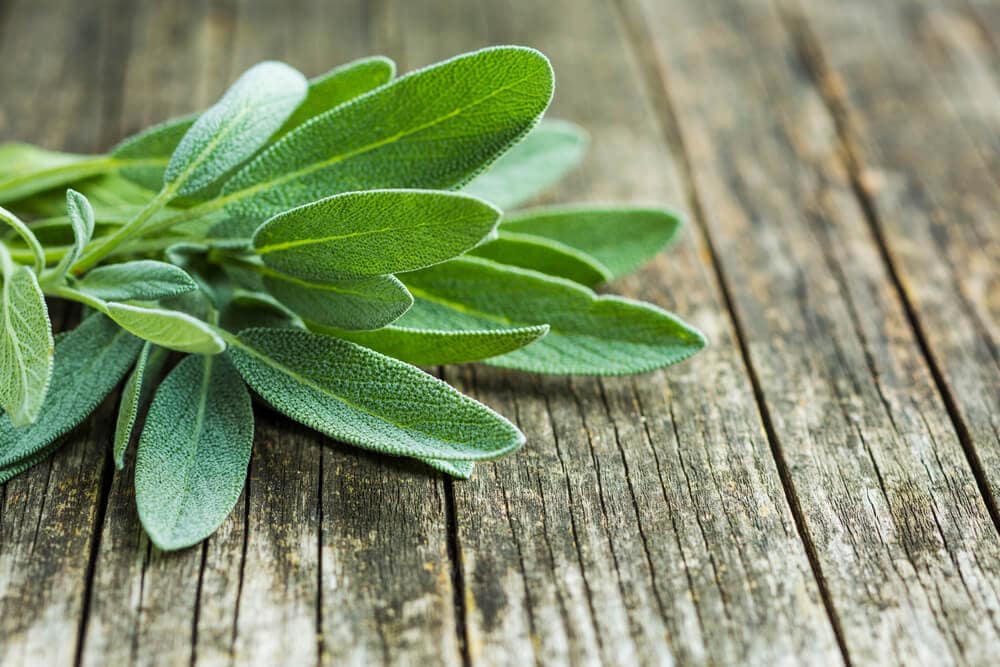With all of the medications out there that have tons of added chemicals that may only make you feel bad, there is now a huge growth happening in the medicinal plant industry. Due to quite literally being all-natural, medicinal plants are becoming a go-to for millions of people rather than going to traditional pharmaceutical medications. In some ways, this makes sense to see. There is a big problem happening in the antibiotic world where people are being fed these so often by doctors, even when they don’t need them. It has resulted in something known as “antibiotic resistance.” It has led to various antibiotics barely working for a person, or not at all.
Medicinal Plants were used for thousands of years to assist people with their random ailments. The pharmaceutical industry obviously has stronger drugs that can be very effective, but where do you think they found their drug ingredients? They did not just invent a new thing in their lab to put into medications. In fact, they often use various plants and herbs to create medications that will help people. Even antibiotics truly got their start from a natural occurrence we call mold. In the end, knowing about the world of botany may be a literal lifesaver.
Studies have shown that proper use of these medicinal plants has actually been just as beneficial to the average person as many pharmaceutical medications. They can treat random infections, viruses, pain, digestive issues, cancer, and even sexual issues. We wanted to make sure you’re all set to know what plants you should look to. This led us to make a list of the best medicinal plants out there. Let us know what plants work best for you!
40. Sage (Salvia officinalis)

- Medicinal Use: Digestive and Mental Disorders
Sage is a very popular plant that can be grown pretty much anywhere. In fact, you may even have some in your cabinet somewhere for your food. It can certainly help food taste a bit better, depending on how it is used. Yet it is also one of the best medicinal plants around.

The Common Sage is likely the one most of us know and love. There is proof that it can help treat several digestive issues. This includes things like gas, bloating, heartburn, gastritis, and much more. Some claim it can help with memory loss and depression, although scientific testing does not back this.
